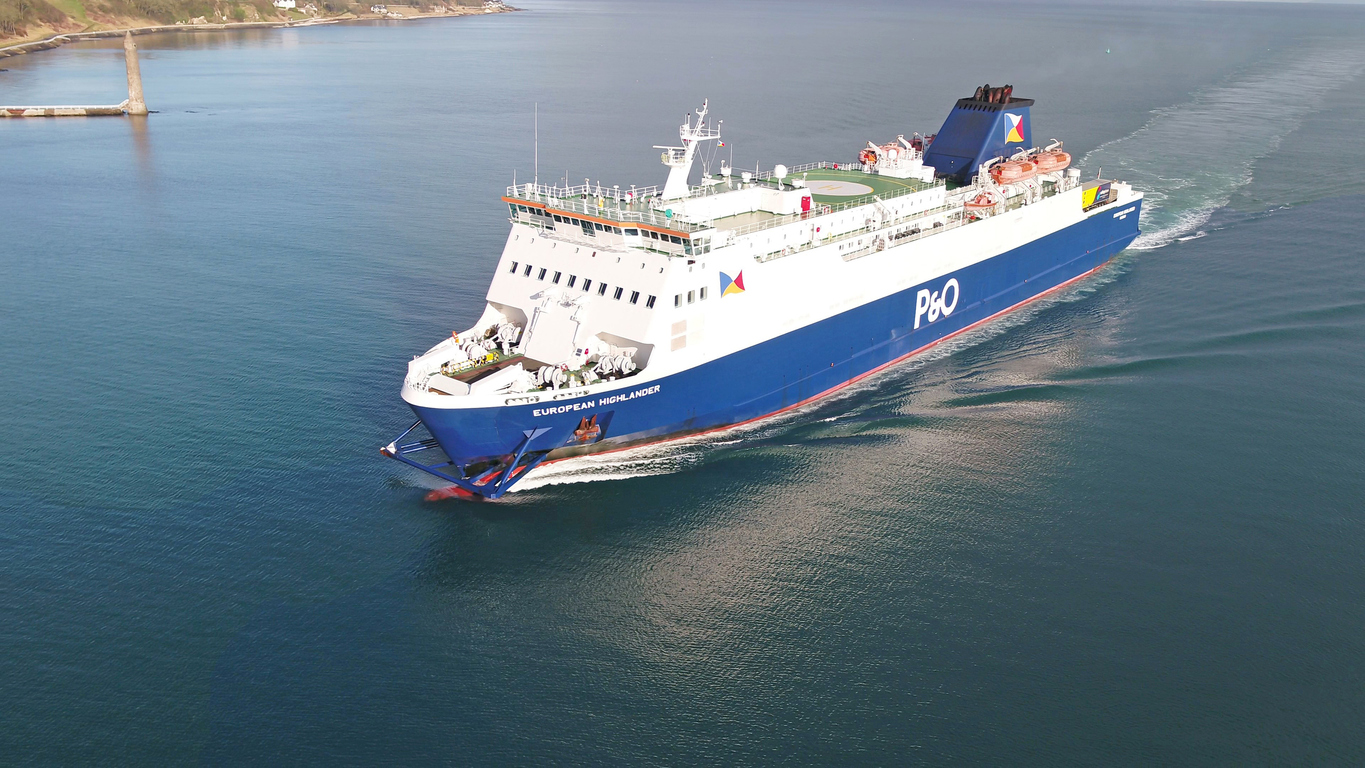P&O continues to face furious backlash after 800 crew members across the cruise liner’s entire fleet were sacked with immediate effect earlier this month. Their actions have been condemned as ‘utterly deplorable’ and the videos that ensued – showing security guards with handcuffs escorting the sacked-on-the-spot staff out of their cabins – revealed a company completely devoid of conscience.
Though it has been P&O’s name splashed across the headlines, sadly they are not alone in treating their employees like disposable labour. From the US boss who fired 900 employees over Zoom to Reddit users sharing their horror firing stories, these scandals highlight an issue many businesses grapple with - however brilliant leaders are at delivering good news, many struggle to get it right when the news is bad.
It shouldn’t have to be said that this is a dreadful way for businesses to treat their staff. It inevitably creates a ‘them’ and ‘us’ culture, with senior leaders seemingly disengaged from the interests, cares and concerns of those they lead. Here are 5 leadership lessons from the P&O scandal on what leaders can do to prevent this divide between them and their people.
1. Have a clear and compelling purpose
A team is only really a team if it has a purpose. Effecting leaders and high-performing organisations are always clear about what they are working towards, and a clear and compelling purpose is a great motivator. It can be incredibly powerful and can inspire and energise, but only if it is well understood within the organisation. Too often the purpose gets lost in corporate documents; even though people may know it exists, the purpose is not a lived experience – this is exactly the case with the P&O scandal. What is the Purpose of P&O Ferries? It is stated as follows: ‘Our mission is to build the best possible business for our customers, our people and our communities, through working in an ever more responsible and sustainable way’. Their Vision also states that they aim to:
- Ensure the safety and security of our customers and our people
- Inspire our people and continue to develop outstanding teams who are determined to exceed customer expectations
- Lead the industry in setting the standards for best practices in wellbeing
See how that statement seems totally at odds with what they have done? They are not aligned with Clear and Compelling Purpose, so this is a business disconnected from values.
2. The importance of trust
High performing teams are built on trust. People will be drawn to support and work with a leader whose word can always be trusted, and who behaves with integrity. Conversely, any dishonest behaviour undermines the spirit of trust around that leader. Political manoeuvring, office affairs, fiddling with expenses or any other form of dishonesty – like keeping staff in the dark about the prospect of company-wide redundancies – undermines a leader’s trust and credibility. What P&O did undermine trust. Trust doesn’t bounce back – it has to be nurtured. When a leader behaves in this way, they will create a negative response from staff. Those who missed the chop will know it can come at any moment. The new staff will know they are unsafe.
3. Effective decision making
Effective decision making is really important. Modern leaders can find themselves frozen in the glare of too much information or missing a critical decision point because they are waiting for even more information to become available. In high-performing teams, people make decisions quickly and effectively. P&O made a poor decision, where the public relations and possibly legal backlash are likely to undermine the financial benefit. A useful model to help understand decision making is called the OODA loop: Observation 🡪 Orientation 🡪 Decision 🡪 Action. The OODA loop is a simple and effective tool to help organisations make the right decisions at the right speed. Good organisations go through the OODA loop well, constantly understanding the environment, making sense of it in all its complexity, and then making the right decisions. Poor decision making is usually the result of not going through the cycle well. This links back to values, which are at the heart of all good decisions.
4. Relationships matter
Good leaders build strong, genuine relationships with their team. Though P&O claim that their mass axing was a last resort, it is disheartening that the company allowed their situation to reach a point where they needed to sack 800 people without trying to first adjust their course less dramatically. Ideally, leaders should engage people and share information, and see how they can help to improve the way the organisation operates. It is likely that empowered and engaged staff could help refine the way the organisation works.
5. Leaders care for their people and see themselves as part of the people
Although there might be some privileges to being a leader; enough to attract and keep the best people, a good leader does not seek these privileges that set them apart from the people they lead. At the heart of this ethos is the idea that leadership is a role in the team, and that the effective leader considers themselves to just be another team member, but one whose function is leading. So, leadership is an act of service: serving the people you work with and serving the purpose that your team is working towards. In effective leadership, the focus is outwards – on others and on the objective. When leaders connect with their people and look after them, a sense of safety is created, which allows people to thrive and perform well.
About the author: Neil Jurd OBE is the author of The Leadership Book (priced at £15.99 and available on Amazon.co.uk) and the founder of skills platform LeaderConnect. Find out more: www.leader-connect.co.uk.











